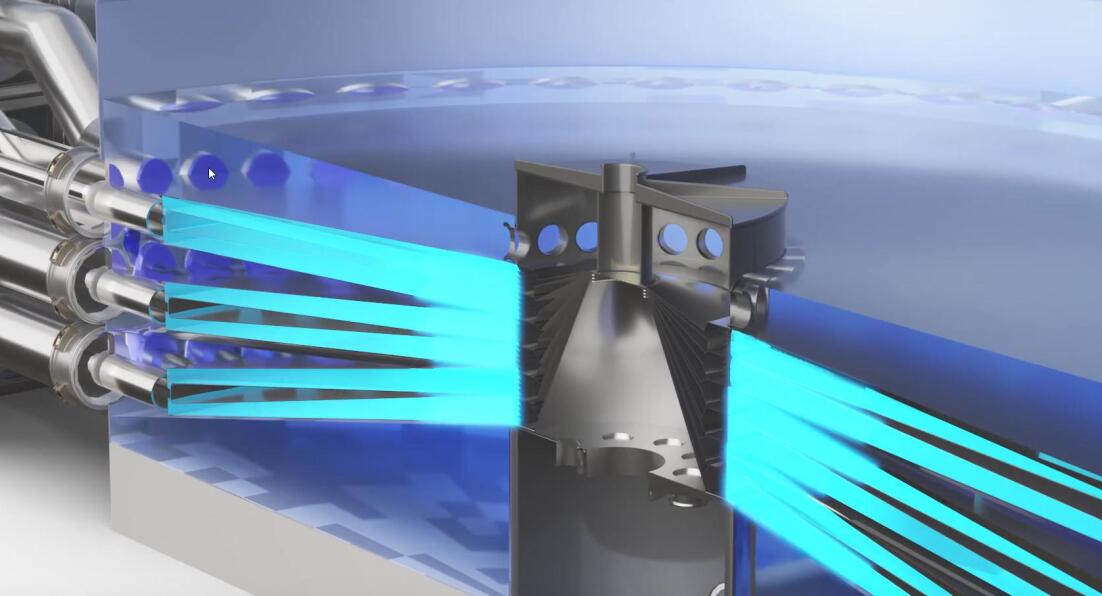Fusion Science & Technology Drivers
The Fusion Energy Sciences Advisory Committee Long-Range Plan, titled "Powering the Future: Fusion & Plasmas," identifies crucial science and technology drivers for the advancement of fusion energy: sustaining a burning plasma, engineering for extreme conditions, and harnessing fusion power. IFE-STAR is dedicated to addressing these key drivers for inertial fusion energy, aligning its efforts with the objectives of the Fusion Energy Sciences Program.

Sustain Burning plasmas
To make inertial fusion energy a reality, producing a burning plasma in which fusion reactions become self-sustaining is essential. This means generating enough energy to maintain the plasma's temperature and density without relying on external heating. It’s important that these conditions persist long enough for fusion reactions to offset energy losses, while also preventing disassembly from hydrodynamic expansion. Achieving this requires carefully designed inertial confinement systems that efficiently compress the fuel, with precise timing in energy delivery from lasers or other drivers to maintain optimal fusion conditions. Currently, inertial confinement fusion is the only approach that has achieved and sustained burning plasmas, while other concepts like magnetic confinement fusion are increasing their efforts to reach this critical milestone. That said, there is still work to be done, particularly in enhancing the ability to engineer for extremes, which is crucial for advancing inertial fusion technology. While the path forward is challenging, the potential rewards are significant and inspire continued research and innovation in this field.

Engineer for extremes
Engineering for inertial fusion energy systems requires a comprehensive approach to develop materials and technologies capable of withstanding extreme conditions like high temperatures, intense radiation, and significant pressures. A key challenge is selecting radiation-resistant materials that can endure the harsh environments produced during fusion reactions while maintaining structural integrity under thermal and mechanical stresses. Additionally, components must be robust enough to handle the rapid compression and expansion of the plasma, ensuring precise alignment and functionality. Advanced engineering techniques, such as real-time monitoring and adaptive materials, are crucial for adapting to the dynamic conditions of the fusion environment. Furthermore, inertial fusion energy targets must be durable enough to survive the injection, while drivers like lasers and pulsed power systems must be designed to be robust and reliable, capable of operating effectively under these extreme conditions.

Harness Fusion Power
To harness fusion power through inertial fusion energy (IFE), we must focus on pioneering technologies that enable the breeding of tritium and the conversion of fusion energy into clean electricity. This involves creating resilient systems capable of withstanding the extreme conditions inherent in fusion reactions. We need to develop advanced heat exchangers and turbines that efficiently transfer energy generated from fusion while maximizing reliability and performance. Importantly, many of the solutions required for IFE are also common to other fusion concepts, highlighting the need for collaboration across the field. By leveraging existing research and innovations from other areas, we can enhance our approach and accelerate progress.

An example of an IFE Energy System (Credit: Pacific Fusion).



